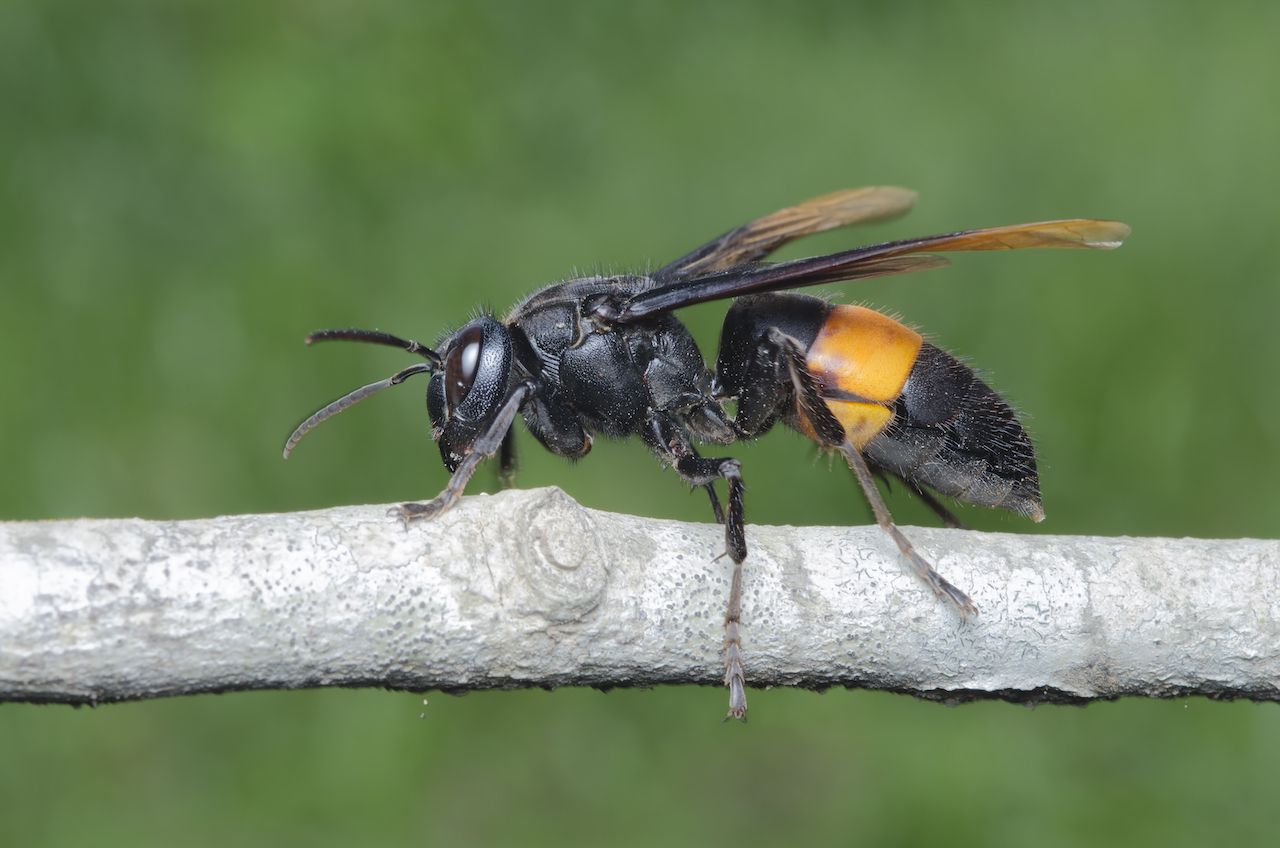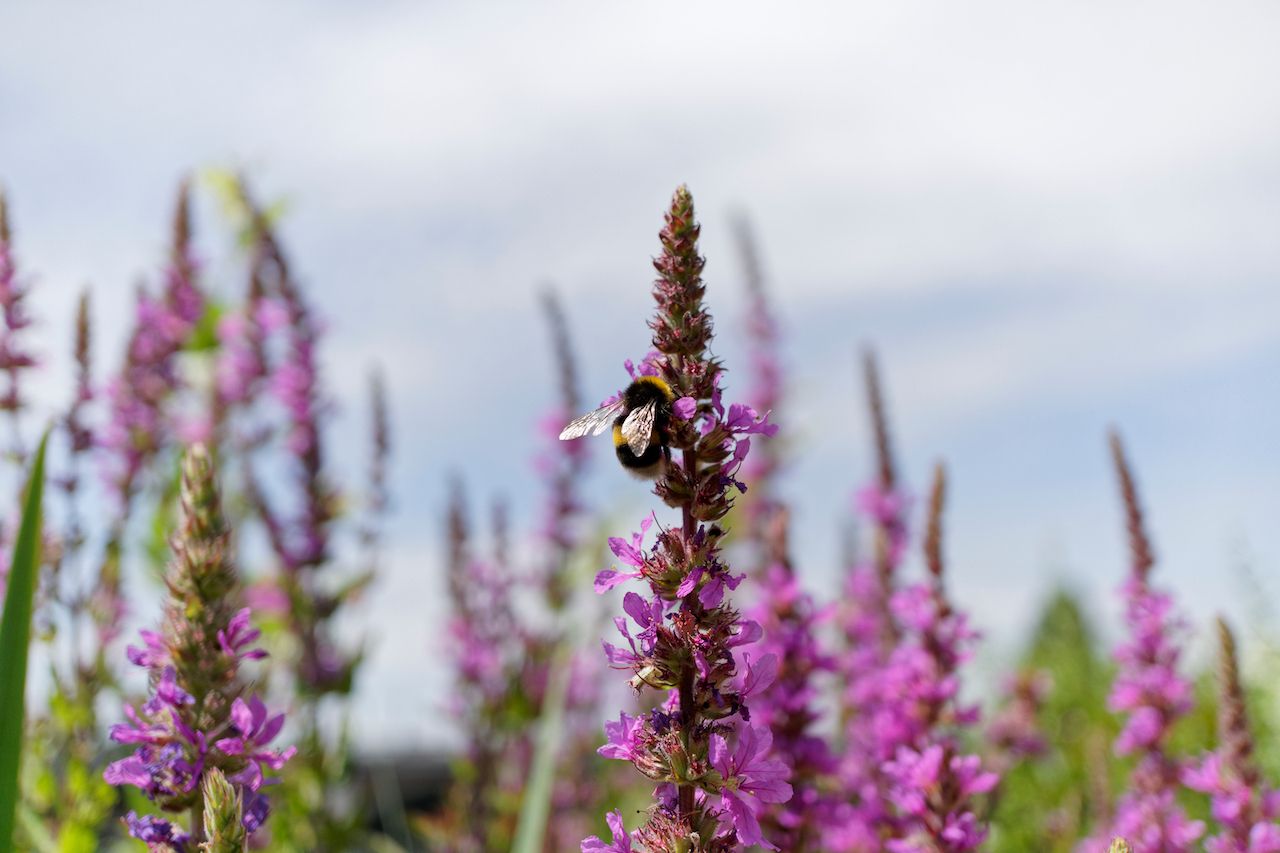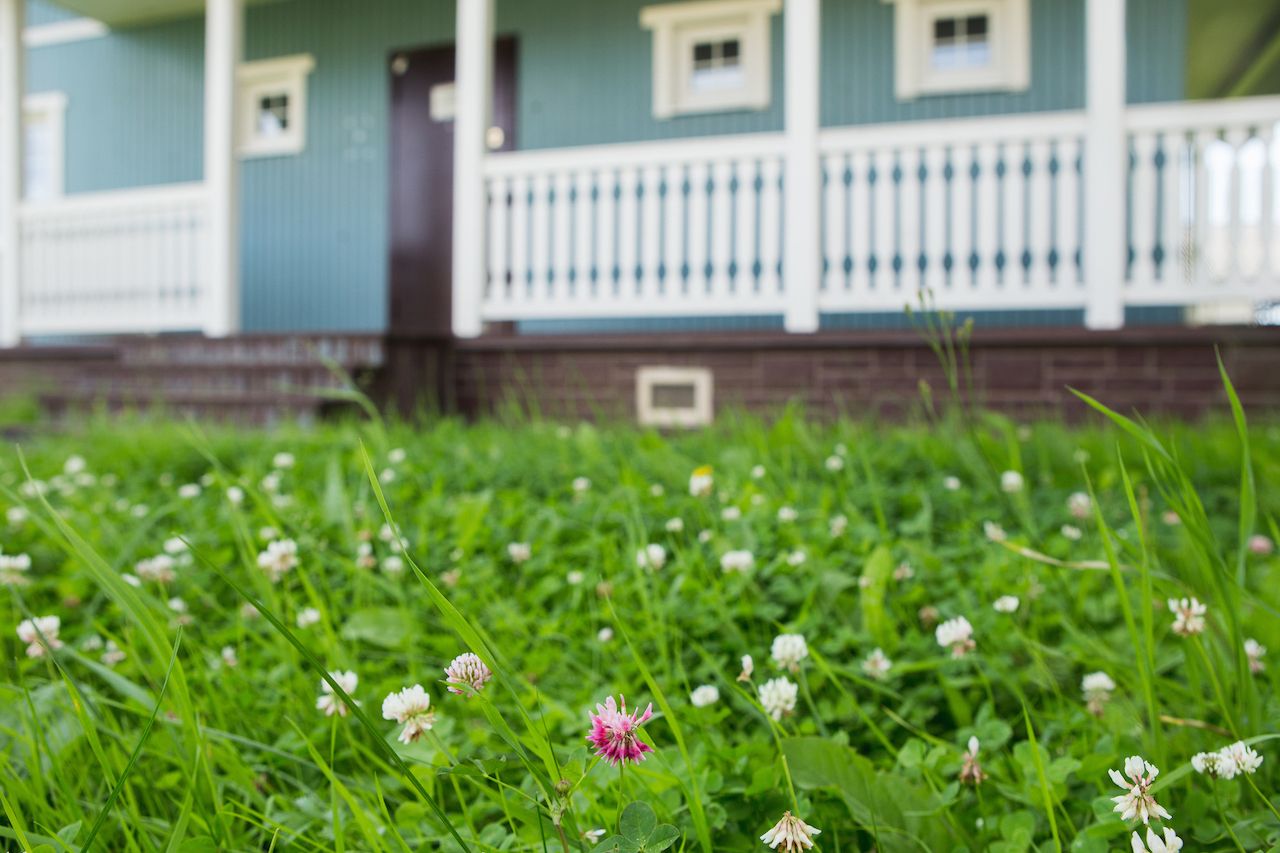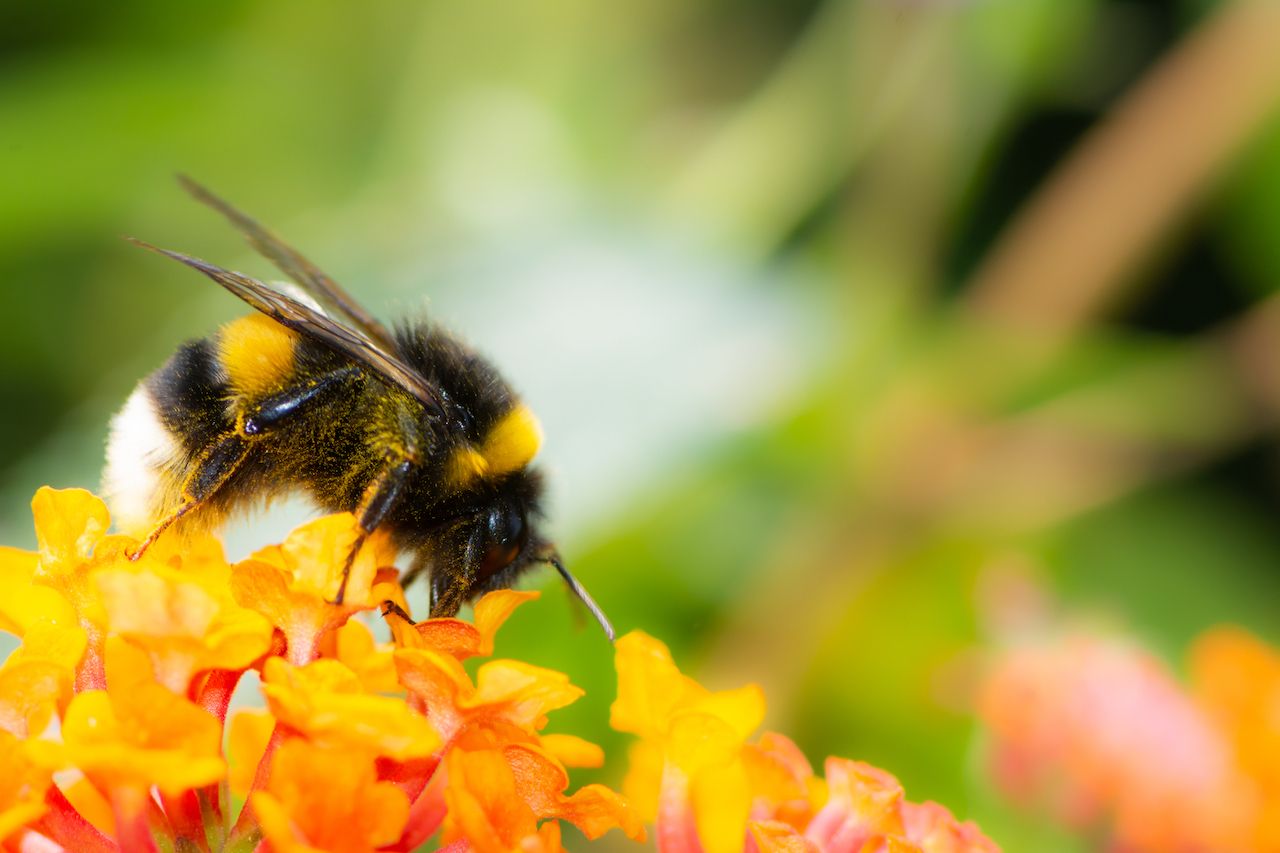Bees are on the mind of the public these days. Scientists have concluded that climate change poses an increasing risk to bee populations worldwide, with a February study published in the journal Science directly linking rising temperatures to declining bumble bee populations on multiple continents. Common pest repellents like Orthene and Sevin, often sprayed on plants in commercial and residential settings, kill the pests that land on plants — and pollinating bees suffer the same fate. Even the almond milk on your grocery store shelf poses a threat.
The good news is that global awareness surrounding the plight of bees has never been higher. Local governments and entomologists are calling on citizens to step up, and it doesn’t even require leaving the house. Here’s the current state of the honeycomb union, and what you can do to help.




